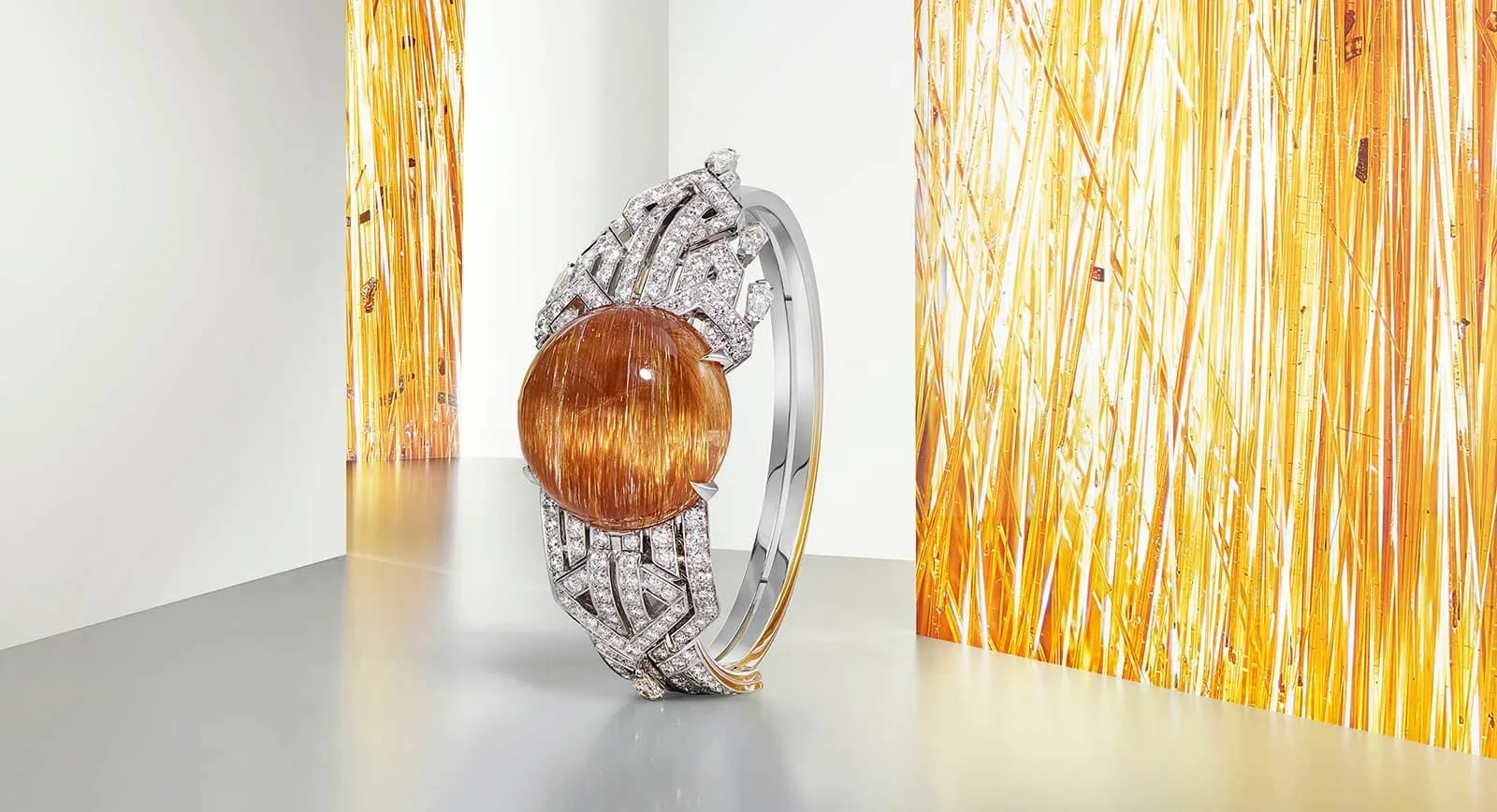

Perfectly Imperfect: Discover the Gemstone Inclusions that Add Value to a Stone
Normally when we discuss gemstones the idea of an inclusion conjures images of an unsightly black speck within a stone, or something that impedes its clarity. Despite this, there are inclusions – some interior gemstone worlds – that actually elevate the beauty of a mineral and add to its allure among collectors. I would like to share five examples of this natural beauty with you and, hopefully, inspire you to think differently about the desirability of unusual gems.
When studying gemmology, you are introduced to a series of inclusions in gemstones that are desirable and covetable. It fascinated me at the time to discover that imperfections – tiny chemical changes in the structure of a mineral – can lead to inclusions that land a stone on a scrap heap or help it rise to international stardom! Sometimes, inclusion types are so rare in nature that they go from being unwanted to beloved. Here are some of my favourites.
This story is available to Katerina Perez Club members.
Premium Membership
£15/month
Billed monthly. Cancel anytime*
Elite Membership
£13/month
Billed annualy. Cancel any time*
Already have an Account?








